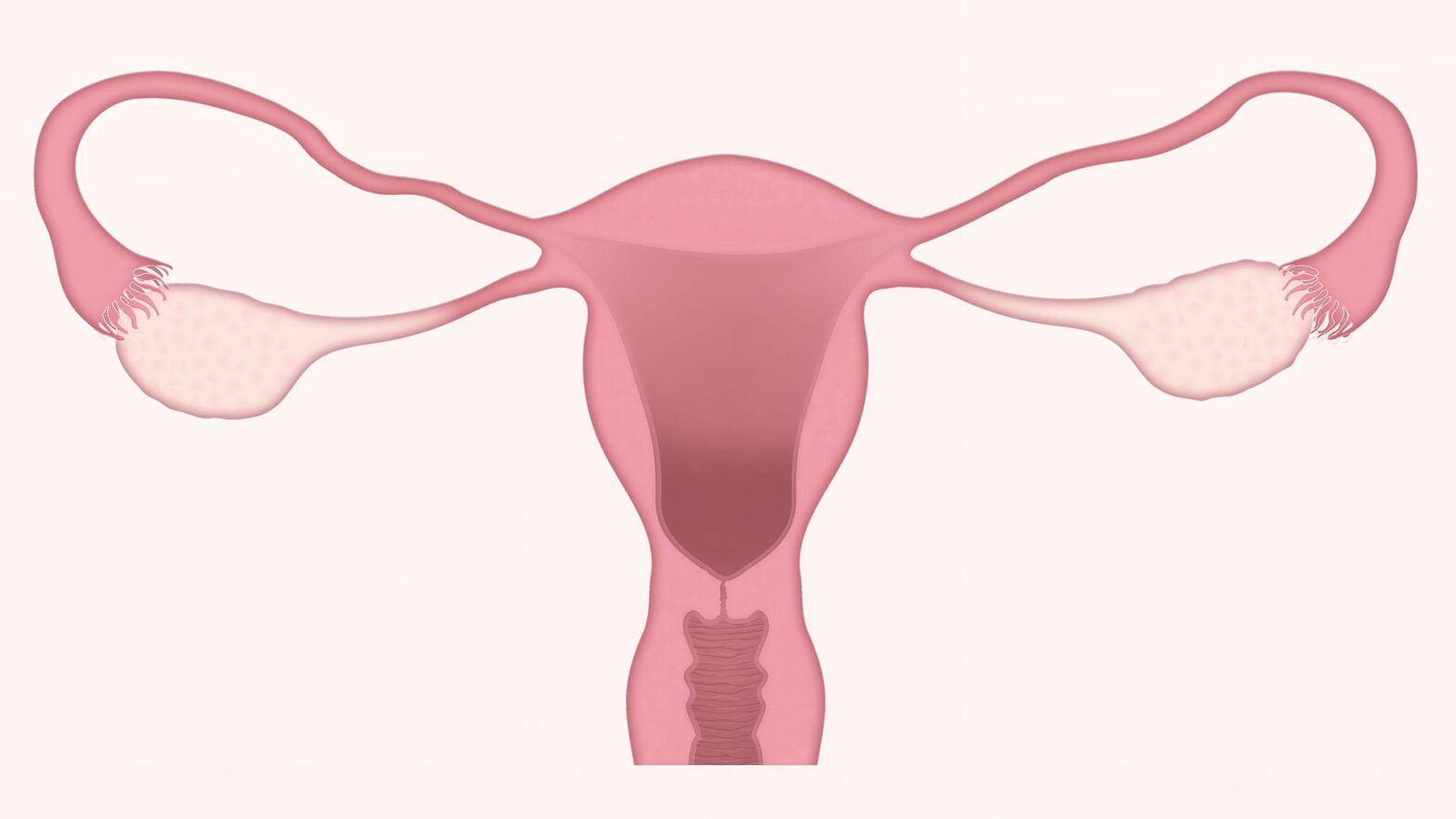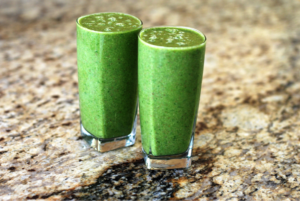What You Need to Know About Estrogen and Your Fertility

If you’ve been at the fertility game for a while, or maybe even not so long, you’ve probably figured out that it’s all about the hormones.
Our hormones go a long way toward dictating our success on this path.
If we make too much of a hormone, it can mean not-so-great things for our ability to conceive. On the flip side, if we don’t make enough of a hormone, that can also mean not-so-great things for our fertility.
Our hormones affect the outcome of our ovulation. If our hormones are not balanced, it could mean irregular ovulation or anovulation (not ovulating at all). Issues with ovulation are the leading causeof female infertility and hormone imbalances are a leading reason for ovulatory issues.
In fact, our entire menstrual cycle – and by this I mean theentiretime from period to period and not just the 4-5 days of actual bleeding – is an intricate dance of hormones. How they all interplay with each other is a fascinating look at the miracle of the female reproductive system, and the human body in general, that can result in the creation and growth of new life.
It’s really mind-boggling when you think about it.
In the coming weeks on the blog and on my YouTube channel I’m going to give some attention to each of our key female reproductive hormones, their role in conception, and what they mean for your fertility.
If your hormone levels need to be tweaked in any way to achieve optimal fertility, I’ll give you suggestions on how to do that as well. (of course, this is not to be construed as medical advice, and don’t do anything without checking first with your doctor).
Today’s focus is estrogen.
Estrogen is the key female reproductive hormone. There are actually 3 types of estrogen in the female body: estrone (E1), estradiol (E2) and estriol (E3). Estradiol is the main estrogen that medical professionals look at when treating infertility.
Why is Estrogen Important?
The purpose of estrogen is to regulate female sexual characteristics, beginning all the way back in puberty. Produced in the ovaries, estrogen also helps prepare the uterine lining during the first phase of the menstrual cycle (the follicular phase, just after menstruation through ovulation), to get ready for a possible pregnancy.
Estrogen also facilitates the production of the fertile-quality cervical fluid that’s so important and a key ingredient of natural conception. As estrogen levels rise during the follicular phase, changes in the quality of cervical fluid can be observed, becoming more fertile/having more of a wet or eggwhite consistency.
Therefore, estrogen is the predominant hormone in the follicular phase, because this is the phase where we’re getting ready to ovulate and prepare the uterine lining to accept an embryo. Since estrogen is a cooling hormone, our bodies are cooler during the phase of our cycle when it’s dominant.
That’s why, in an ideal world, basal body temperatures are lower during the follicular phase. Once ovulation occurs and estrogen levels drop rapidly, cervical fluid dries up, progesterone takes over, and temperatures rise considerably.
In a nutshell, estrogen regulates the entire menstrual cycle and is basically “in charge” of the female reproductive system. Therefore, having balanced estrogen levels is really important.
As a woman approaches menopause, her estrogen levels begin to drop, albeit irregularly, which means that it’s more difficult for her follicles to grow and mature. It also means that her uterine lining doesn’t thicken well enough to be able to accept an embryo.
This is where I was when we were trying for a second baby in 2015. While my Day 3 numbers indicated “normal” estrogen levels, my levels throughout my follicular phase fluctuated and at times were low, and supplementation wasn’t raising them. I’d already noticed irregularities in my menstrual cycle, indicating irregular ovulation (not surprising).
What Happens if Estrogen Levels Are Too Low?
If estrogen levels are too low, our ability to produce cervical fluid will be compromised. Estrogen is critical for cervical fluid production which is essential especially when trying to conceive naturally. Even in assisted reproduction, where cervical fluid isn’t as critical, healthy estrogen levels are needed to adequately prepare the uterine lining to accept an embryo. This is all compromised if estrogen is too low.
Many women in fertility treatment are given clomid as a matter of course to induce ovulation. Clomid unfortunately has a side effect of drying up cervical fluid; in this case women are also often prescribed synthetic estrogen to offset the effect the clomid has on reducing estrogen levels, which as we know are so important in the follicular phase.
Symptoms of low estrogen include vaginal dryness, hot flashes, night sweats and reduced libido. These are also symptoms of perimenopause, which makes sense since estrogen production decreases as we age.
What Happens if Estrogen Levels Are Too High?
Just as low estrogen levels can be problematic, estrogen levels can be too high as well. Excess estrogen can also lead to irregular ovulation, irregular cycles, as well as a host of other medical issues including obesity, fatigue and depression. Excess estrogen has also been linked to certain cancers.
Hightened levels of estrogen can be brought on by many of the toxics we’re exposed to in modern society, such as plastics, parabens, or genetically modified foods. Reducing exposure to toxins is important for you if you know your estrogen levels are high.
A Note about Estrogen Dominance
The term estrogen dominance implies that we make too much estrogen. While estrogen dominance is characterized by more estrogen in our body than we need, this is only part of the story.
Estrogen dominance refers to the relationship between estrogen and progesterone, another key female reproductive hormone. You can find more information about progesterone here, for now suffice it to say that estrogen dominance occurs when there are insufficient levels of progesterone, which causes estrogen to become dominant. So it’s actually a function of progesterone levels although the name suggests it’s a function of estrogen levels. If you’re told you have estrogen dominance look first at your progesterone levels and how they can be corrected.
One way to Raise Estrogen
If you need to raise your estrogen levels during your reproductive years, food and diet can be a very effective tool. Certain foods are known to have a positive effect on hormone balance. The following recipe is from my ebook, 21 Days of Fertility Boosting Smoothies, and contains foods that can help raise estrogen levels, namely leafy green vegetables, healthy fats, berries and seeds.
Estrogen Boosting Smoothie
(serves 2)
2 cups coconut milk
1 handful kale (about 1 cup)
½ avocado
1 cup blueberries
1 Tsbp almond butter
1 Tbsp ground flaxseed
Optional: garnish with pomegranate seeds!
Directions: place ingredients in blender in order listed. Blend and drink up!
To your fertility,
Steph xo
ICSI in Dubai | Infertility Clinic Dubai | Infertility Doctors in Dubai




